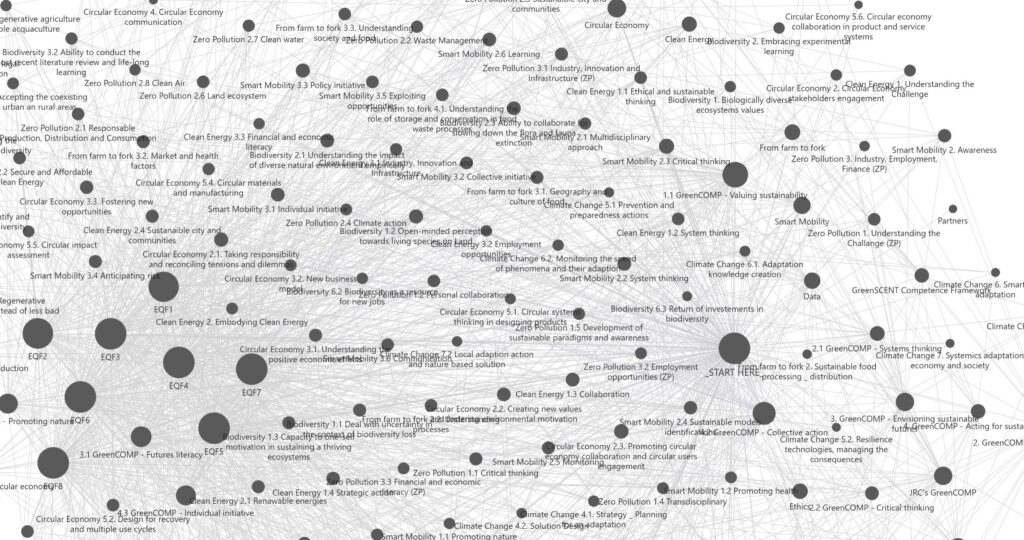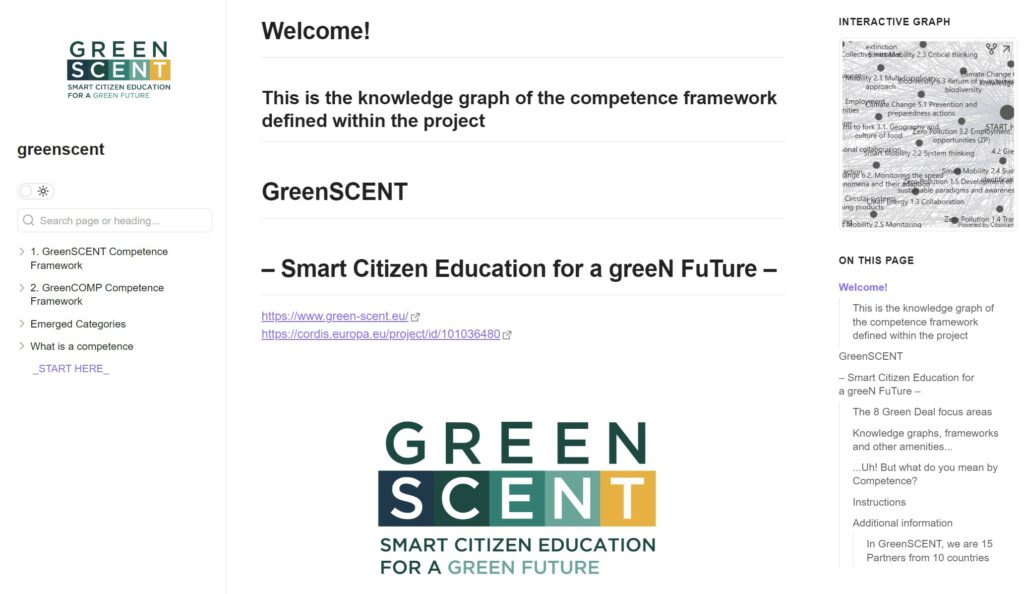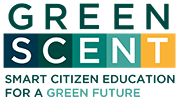GreenSCENT Knowledge Graph
Knowledge management (KM) is a multidisciplinary approach that involves creating, sharing, using, and managing knowledge and information within an organization. It has been recognized as a discipline since 1991 and is taught in various fields such as business administration, information systems, management, library science, and information science. KM aims to leverage knowledge to enhance organizational performance, gain a competitive advantage, foster innovation, facilitate the sharing of lessons learned, promote integration, and drive continuous improvement. One aspect of KM is personal knowledge management, which focuses on managing knowledge at the individual level. It emphasizes the importance of people, their behaviors, and learning processes in knowledge management efforts. Early case studies highlighted the dimensions of strategy, process, and measurement in managing knowledge effectively. Measurement, benchmarking, and incentives are essential to drive cultural change and ensure successful knowledge management at the personal level.

The use of knowledge graphs is becoming increasingly prevalent in managing complex information and addressing the problem of information silos. A knowledge graph is a graph-structured knowledge base that integrates data and enables efficient handling of complex information. It allows for explicit representation of connections and relationships among different competences or topics. By using tags and establishing meaning plexuses based on these tags, knowledge graphs dissolve silos and facilitate explicit information exchange. Tools like the Obsidian personal knowledge management software can aid in managing tags, folksonomy, and the creation of a communicative and cognitive artefact, such as a knowledge graph. In the context of the Green SCENT project, the challenge of information silos arose due to the independent work of different teams in distilling knowledge from literature reviews. This led to the development of distinct taxonomies without communication links. However, by adopting the use of a knowledge graph and standardizing and gathering tags, the project aimed to dissolve silos and promote interdisciplinary collaboration. The knowledge graph, facilitated by software like Obsidian, serves as a suitable tool for achieving the project’s goals by enabling explicit information exchange and knowledge integration across different focus areas.
The relative Article is here.

